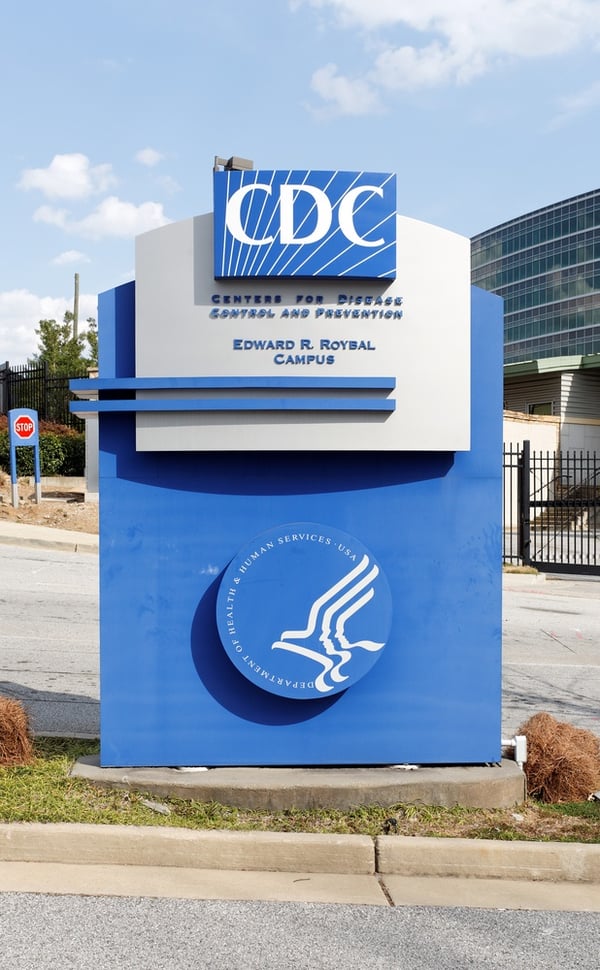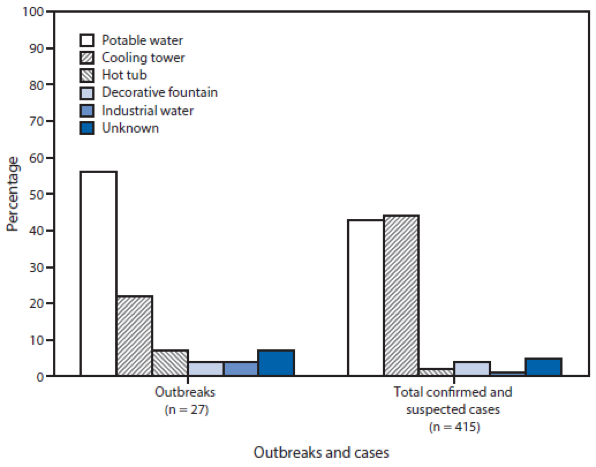
Legionella PNEUMPHILA SEROGROUP 1 is the most DANGEROUS Strain Of Legionella
The recent CDC report on Legionnaires disease outbreaks is a summary of a study reported in the CDC weekly Vital Signs journal: Vital signs: Deficiencies in Environmental control identified in outbreaks of LD – North America 2000-2014. Read the full study report here.
The seminal paper confirms that all of the outbreaks investigated by CDC between 2000 and 2014 were caused by Legionella pneumophila serogroup 1, the species of Legionella which is captured by the Hydrosense Legionella field test.
The study reports that of the 415 cases recorded in the period there were 65 deaths – 7% of the cases, but that mortality varied by outbreak in the range 0% to 85%. Surprisingly, potable water systems including hotels and medical care facilities were responsible for most outbreaks (56%), followed by cooling towers (22%), hot tubs (7%) decorative fountains (4%) and industrial equipment (4%). The potable water systems in hotels and resorts accounted for 58% of outbreaks, and 67% of outbreaks in health care facilities (hospitals and long term care). Balancing this finding was the fact that cooling towers associated outbreaks tended to have more cases (22) per outbreak compared with a median of 10 cases for each potable water systems outbreak. CDC did not include the 8 cruise ship outbreaks which it investigated in the period 2000 – 2014 in their analysis.

What was the casue of all outbreaks?
The report concludes that all of the outbreaks were caused by correctable lapses in management, which were classified as process failures (65%), human error (52%), equipment failure (35%) failure to adjust to external changes (35%). These percentages total more than 100% because some outbreaks had multiple failings.
There is no doubt that regular and out of conformance on-site testing would have picked up many of these deficiencies quickly. It is also clear that traditional testing methods, which take up to two weeks to provide results and which have low recovery rates, are not sufficient to protect the general public from Legionnaires Disease.
Innovative Rapid Testing Technologies are now becoming more and more popular in the Legionella testing industry.
Read more about different methods for Legionella testing available on the market.

